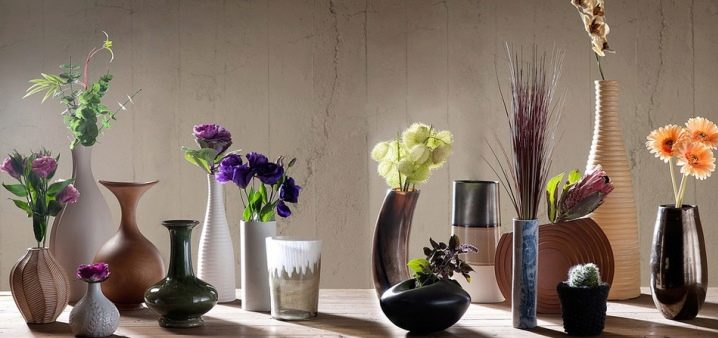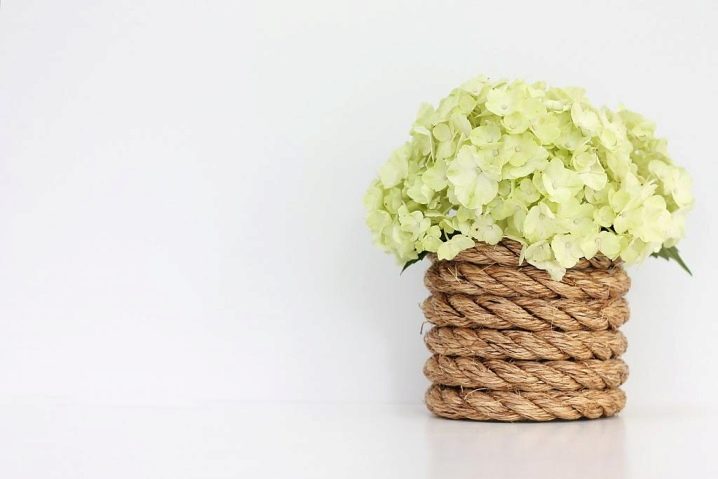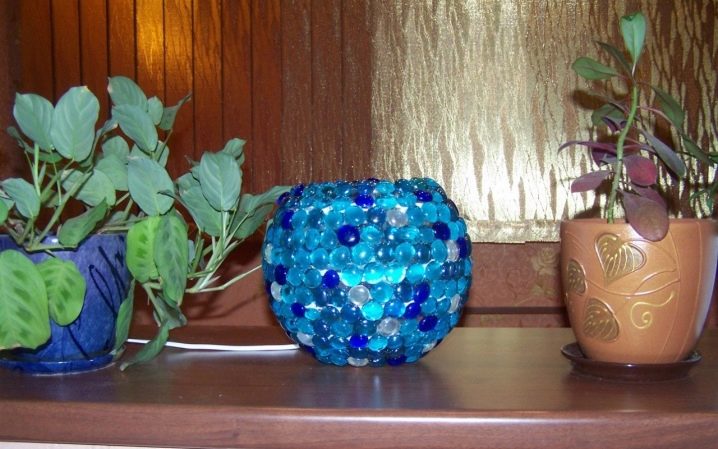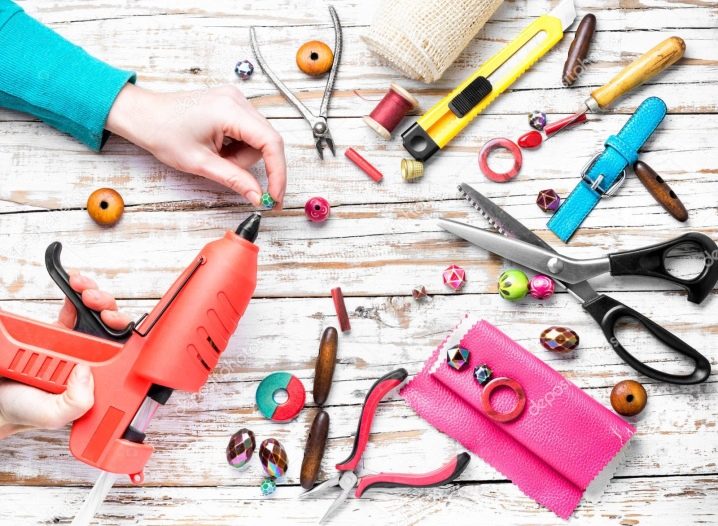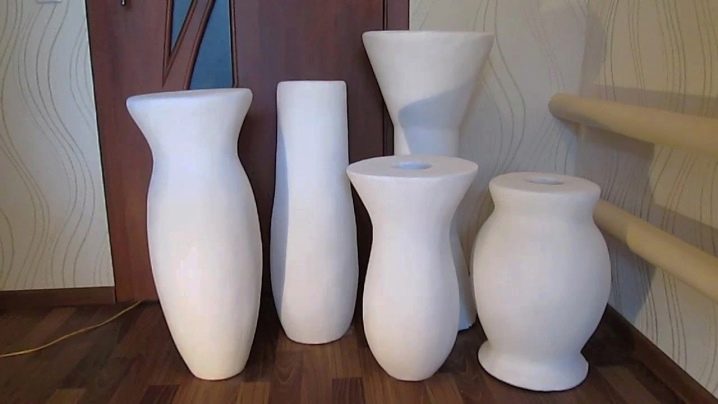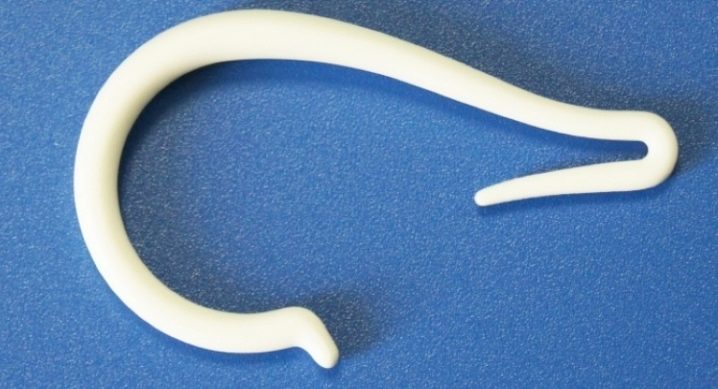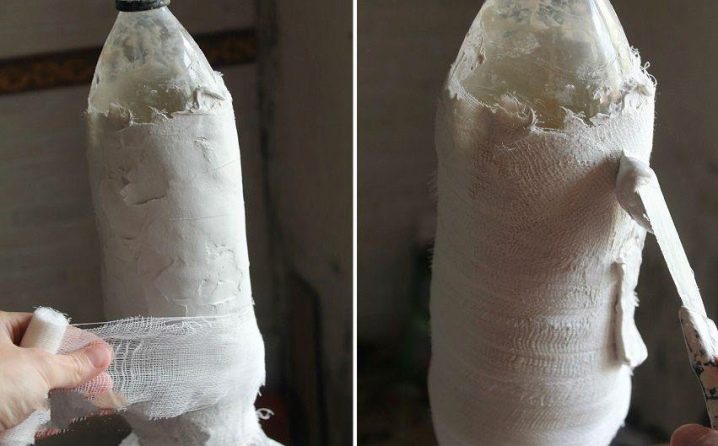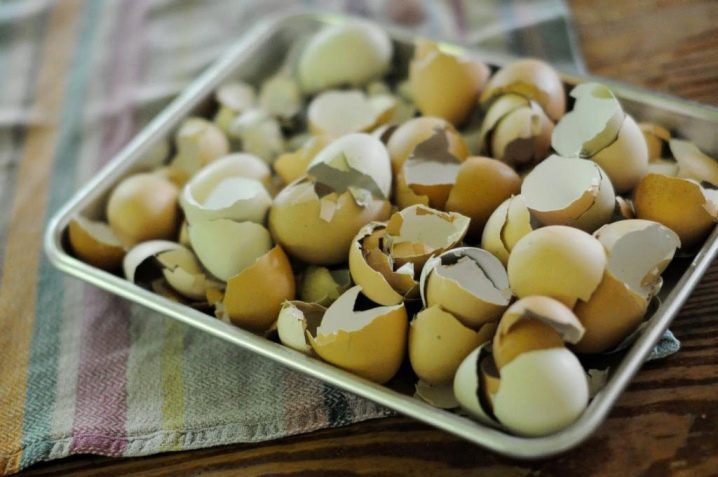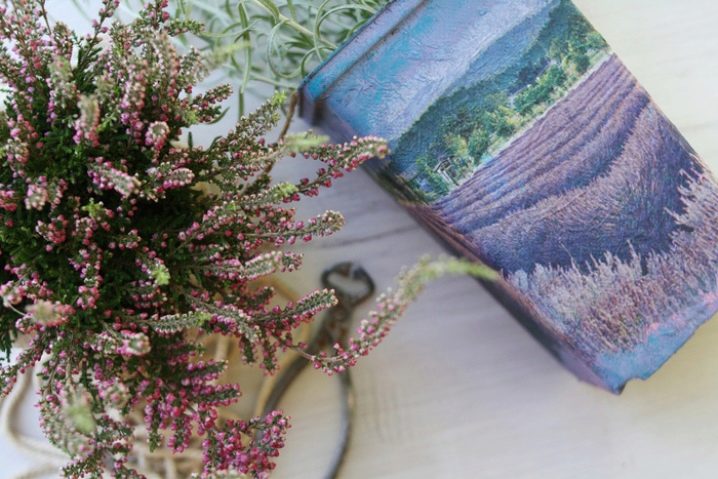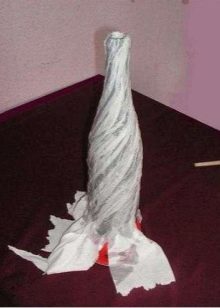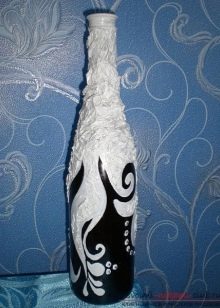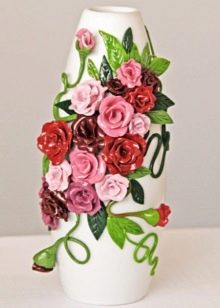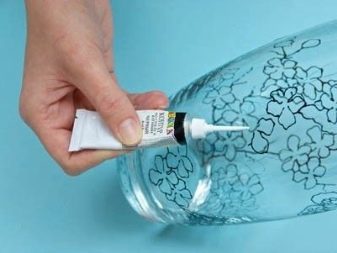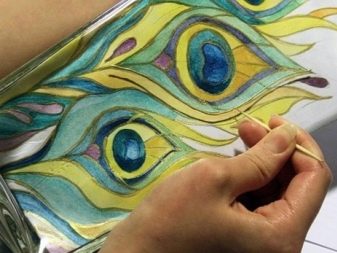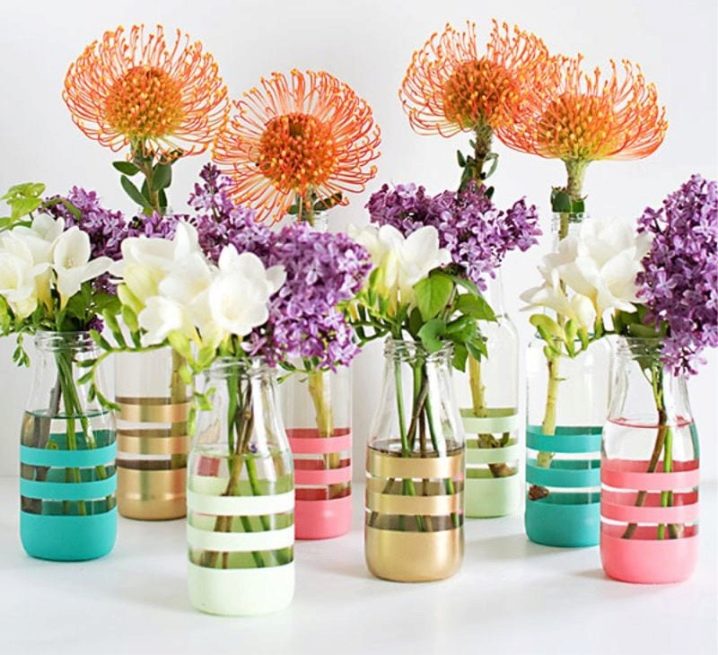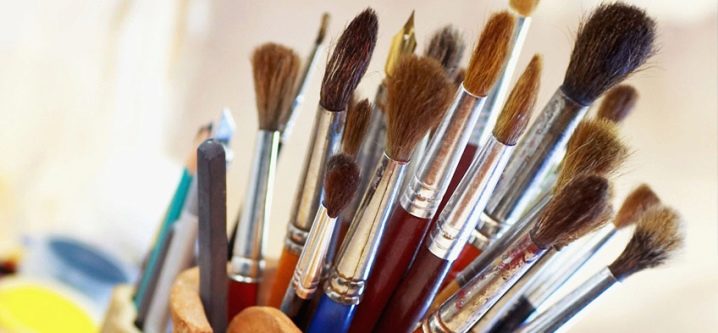How to make a vase of scrap materials?
Today, no one is surprised by the relevance of modern hand-made things. A vase made of scrap materials is just such a product. It is quite easy to do, but it will be very long to please.
What can you make?
There are quite a few suitable materials from which to make a vase. Most often it is not worth it because of the lack of materials to go to the building supermarket or somewhere else, various materials at hand are quite suitable for a vase.
Here are some examples of what a vase can be made of: old ceiling lamps, unwanted ceramic dishes, salad bowls, flower pots and even used plastic bottles.
To decorate a vase, you will need the following materials:
- glue;
- Scotch;
- toilet paper or other / colored paper;
- putty;
- scissors;
- brushes;
- gouache or various paints;
- colorless protective varnishes.
It is also possible to use pieces of broken china for decoration and even a bandage bandage to create a rough surface.
In addition to all of the above, you, of course, will also need your imagination and desire to create something beautiful and relevant to the interior of the room.
Instruction
Below will be described step by step how to make a flower vase with your own hands.
Pick up the base
First of all, you need to decide what form the base for the vase will be. You can use both one container and several at once using superglue. The vase can be supplemented with a stand or lower support. When gluing different containers, it is important to remember that their diameter at the junction should match, and the upper part should not be the heaviest.
Pens or other items
If you are planning to attach handles to a vase, then this is the right moment. The handle can be made one and large, and you can attach two small handles. As handles for a vase, you can use old hooks, no matter plastic or metal, knobs from other furniture, cut yourself from wood, make wire.
It is best to fix them with the same glue with superfixation. In addition to the handles, you can add other details to the design at your discretion.
Appearance and smoothing of vase shapes
For this stage, like nothing else, a gypsum bandage is very well suited, but it is possible to get by with a more budgetary option — ordinary bandage and white glue. When applying a plaster bandage, the surface is wetted with water, and after that it dries the day. When using conventional bandage and glue technology is the same. It is necessary to smooth the surface to avoid too obvious bulges. It is necessary to apply from the neck of the vase gradually moving towards the base. After the bandage layer dries, it is necessary to secure this base. This is done using putty. It can be purchased both in the building supermarket and in the art store. The main thing is not to overdo it, and apply a thin layer. Of course, again leave for a day to dry.
Relief design
As the name implies, at this stage you need to create a relief in the form of various bulges on the vase. To do this, you can use egg shells, pieces of broken dishes and other available objects of your choice.For example, eggshell consider how to glue it properly. First you need to paste the pieces of the shell on the surface of the vase, on top of them again cover with a layer of PVA glue, and then stick on top of a layer of toilet paper, and later - again glue. From the layer of toilet paper you need to squeeze out all the air with a brush and leave to dry.
Toilet paper smoothes the sharp edges of the shell and creates the effect of the integrity of the surface. As usual, again leave to dry for a day.
Surface finish
It can be held at will. You can leave the vase white, but if you find this option very boring, use the advice of professionals. First of all, on a dried surface, you need to put a drawing in pencil. As a picture, different landscapes of the sea, forest or mountains are welcome.
Create volume
This stage can be done at will. For volume, the same toilet paper is best. It is soft, cheap and easy to twist, which is what needs to be done. Twisted paper should be pasted on the borders of the picture. The volume can also be given by gluing figures from clay or clay. In this regard, various stucco flowers are very popular: not only roses, but also lilies, violets and others.
It is best to use baked clay for them to give them a solid shape that does not get damaged during sticking.
We supplement the volume
At this stage it is necessary to stick all the flowers or other planned details. Parts need to be glued with an adhesive with strong fixation, not with PVA glue. For this stage it is best to stock up with tweezers and work with them.
Paint application
You can color your own picture and its details in any order. But there is such a recommendation from designers that you first need to paint in black, and later apply lighter colors. For example, the procedure for applying paint is as follows: black, brown, green, yellow and white. Details are tinted at the very end.
You can use and watercolor, but preferably gouache. It lays better on the surface and looks brighter.
Applying varnish
Before applying the lacquer, again, it is necessary to dry the vase well, to wipe the unpainted areas with a suitable color.
Adapt the flower vase
If you want to collect water in a vase, and subsequently put flowers there, then you will need to finish it. It is not as difficult as it may seem at first glance.To do this, it is enough to pick up a container with a volume less than the vase cavity and fix it inside the vase using superglue.
Neck
It should be decorated separately and simply, if you are not going to draw water there. If inside there is another container, then the distance between these two vessels should be laid with toilet paper, on top, too, covered with toilet paper with glue, and later varnish. This can be considered a completed vase. It remains only to wait for its final drying.
What else needs to be considered?
First, you will need to stock up on a special container for PVA glue, since its consumption will be quite substantial.
Secondly, you will also need to purchase several brushes to draw the picture.
Instead of additional capacity, you can use epoxy resin, which after solidification turns into a solid. You just need to give it the correct form.
A vase can be made of any shape: both round, where the balloon will serve as the basis, and cylindrical, the base of which is a pipe segment.
Remember that in this case there are no criteria and standards, the main thing is that your product will delight you, and then it will remain a pleasant piece of decor for a long time.
To learn how to make a vase from a plastic bottle, see the next video.
